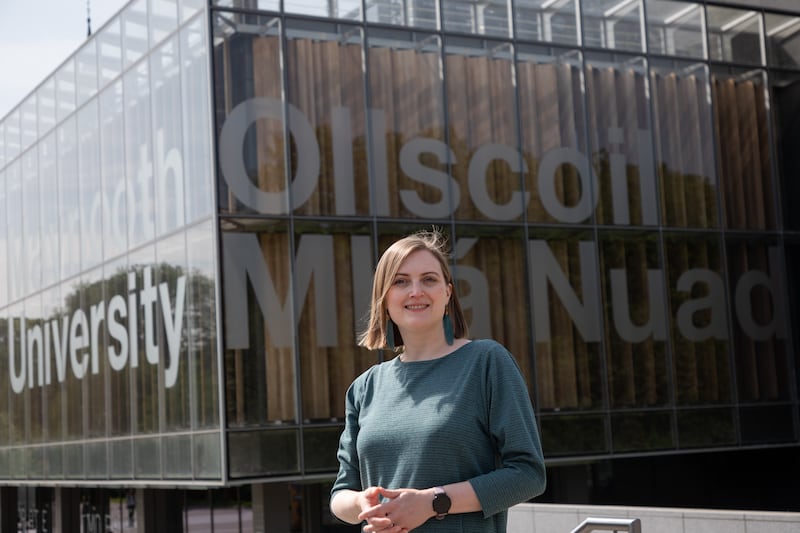A sure-fire way of upsetting employees is to float the idea of changes to their remote or flexible working patterns. Workers have become comfortable with the new order and putting them under pressure to come back to the office is guaranteed to raise the collective blood pressure sky high.
One of the reasons why is that employees suspect they’re being brought back for spurious reasons: the startling truth is that they’re probably right. Managers may think they are basing their return decisions on hard facts but, in reality, evidence-based decision-making is surprisingly thin on the ground in most organisations.
Evidence-based decision making has been around in medicine for some time but more recently it has begun to exert an influence in other domains, such as policing and policymaking. It’s still a fairly new concept in business but one that is gathering pace because it suggests that managers could vastly improve their decision-making if they based it on better evidence.
Here’s an illustration. An online retailer flourishes during Covid. Post-Covid its sales drop and management looks for a reason why. Someone decides it’s down to the fact that employees working from home are not performing well enough and everyone is hauled back into the office.
READ MORE
However, sales don’t rebound to pre-Covid levels because the decline had nothing to do with working from home. It was the natural consequence of people starting to shop in person again. Under pressure to reverse the slide, management targeted the wrong thing.
Had someone paused and looked back at the pre-Covid sales figures, they might have seen that the dip signalled a return to more normal trading and the hassle, upset and staff attrition caused by reversing the working from home policy could have been avoided.
Managers are expected to make quick decisions under pressure and, as a result, they fail to get to the root of the problem. Far better to stop for a moment and try to understand what’s really going on
— Dr Tatiana Andreeva
Dr Tatiana Andreeva, associate professor in management and organisational behaviour at Maynooth University, is a big fan of evidence-based management. She says that, in a lot of cases, the pressure being exerted by organisations to get employees back to the office is a good example of its opposite. Instead of drilling down into their own experience, companies are following their peers and allowing unconscious bias or the strong opinions of public figures to influence their actions.
The problem with this, says Andreeva, is that opinions are not evidence.
“I’ve done a lot of research into employer perspectives on employee work location, and the reasons being given for returning to the office are not supported by the evidence,” she says. “The tools are there to help companies do better. The problem seems to be that they don’t know how to use them. Managers are not paying enough attention to the quality of the evidence they’re using, and they’re not getting it from the right sources.

“By the right sources I mean tapping into organisational evidence (information they already have in-house), scientific evidence, practitioner evidence (not opinions but advice from people who have solved a similar problem) and stakeholder evidence, which can include employees,” she adds, giving the example of an airline that was planning cuts to cabin crew levels but didn’t go ahead because a survey of existing crew members (stakeholders) raised too much anxiety around the potential problems this would bring.
Andreeva says that failing to use good-quality evidence to underpin decisions is pervasive in business not because managers are wilful but because of how they’ve been trained.
“They’re expected to make quick decisions under pressure and, as a result, they fail to get to the root of the problem,” she says. “Far better to stop for a moment and try to understand what’s really going on.
“People often think they don’t have the resources for evidence-based management because they misunderstand the concept. It’s not about collecting all possible evidence. It’s about collecting the best evidence you can avail of right now. We’re not talking about making perfect decisions, just better, more-informed ones.”
‘Management theatre’ describes actions taken by people to make themselves feel better about a situation without actually doing anything meaningful to improve it
— Dr Tatiana Andreeva
Andreeva cites the example of a manager she worked for in the corporate sector.
“He used to say: don’t bring me a problem, bring me a solution – something a lot of employees will have heard from their bosses,” she says. “While I could see that he thought this was a way of empowering people to make their own decisions, it was actually missing an important point. You can’t bring a solution if you don’t understand the problem, and sometimes this requires teasing out with other people to get different perspectives. He was assuming I already knew what the problem was – something that happens a lot in business – and as a result people jump to a solution too quickly.”
Andreeva often gets asked for advice by companies. One manager sought her opinion on how to solve low team morale.
The manager’s solution was to hold an in-person social event to boost interpersonal connections. Andreeva reckoned the problem was more systemic and suggested a survey to uncover what was really going on, or tapping into data the company already had about employee engagement and satisfaction. Her suggestion was declined on the basis that it would take too much time, and the party went ahead.
“This assumed the problem was a lack of interpersonal connection. But was that really the issue?” she asks. “This response would come under the heading of what the UK academic Prof Rob Briner calls ‘management theatre’, which describes actions taken by people to make themselves feel better about a situation without actually doing anything meaningful to improve it.”
- Sign up for Business push alerts and have the best news, analysis and comment delivered directly to your phone
- Find The Irish Times on WhatsApp and stay up to date
- Our Inside Business podcast is published weekly – Find the latest episode here






















